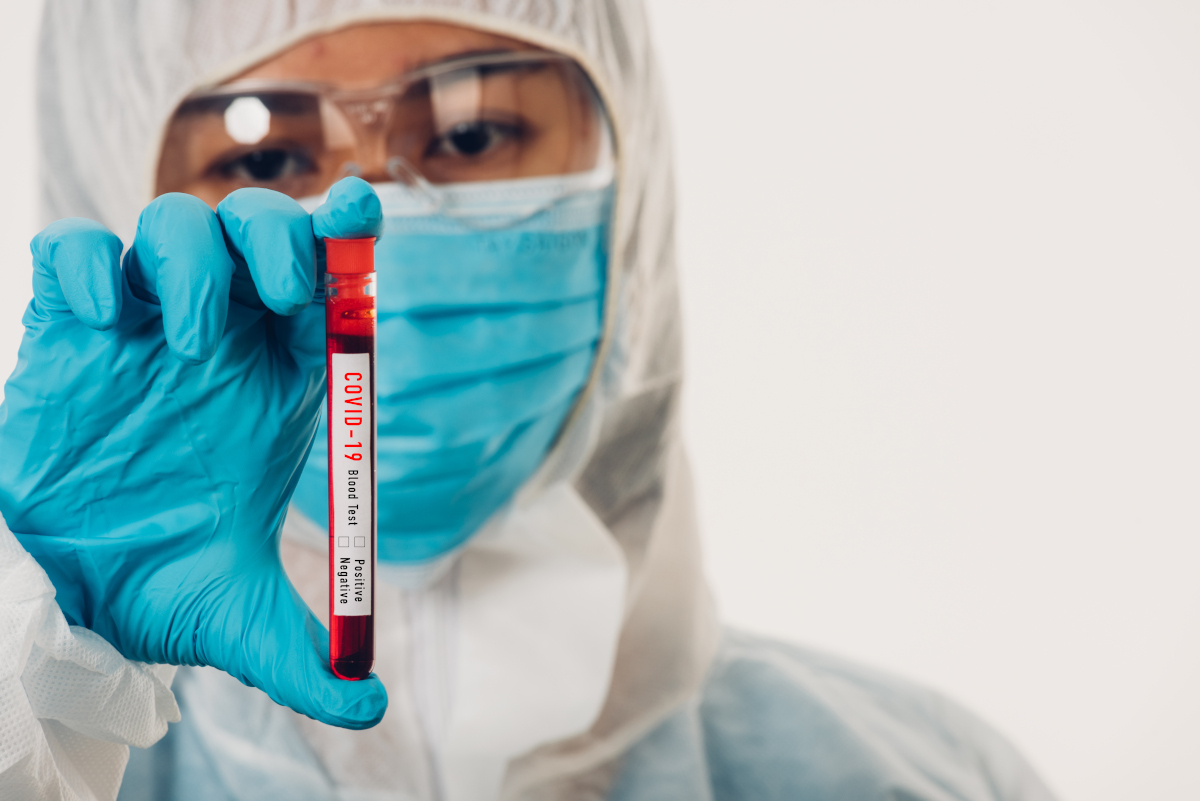Application note
Artificial Intelligence for PCR Medical Machines
An innovative AI/ML platform deploys Real time PCR to dramatically improve detection of COVID19 and multiple pathogens simultaneously.

Overview
Fluorescence-based Real-Time PCR (RT-PCR) is increasingly being used to detect multiple pathogens simultaneously and rapidly by gene expression analysis of PCR amplification data.
PCR data is often analyzed by estimating the cycle number at which the PCR product crosses a threshold of detection, called Threshold Cycle (CT) for positive samples. On the other hand, when such cross of threshold does not occur, the sample is identified as negative.
The amount of PCR product which is determined by the quantity of the fluorescent signal provides a simple and elegant method for determining the amount of a target sequence or gene that is present in a sample. However, its very simplicity can sometimes lead to conclusions that are either false positive or negative.
Bluewind and AB ANALITICA present here a stable and consistent alternative approach that is based on ML-machine learning for the definition and determination of CT values, dramatically decreasing overall rate of false detections.

Qualitative PCR based on ML
A qualitative PCR is used to detect the presence or absence of a sequence. For some applications, qualitative nucleic acid detection is sufficient (example: Covid-19). Today with the spread of Covid-19, the qualitative nucleic acid detection must be performed with high accuracy and in real time.
From prior analysis, Bluewind can easily find that detecting the presence or the absence of a sequence is a classification problem. Since different target sequences have different effects on PCR product, some simple machine learning methods can separate these known activities (presence or absence) based on fluorescence data.
Solution
Machine Learning is an application of artificial intelligence (AI) that provides systems the ability to automatically learn and improve from experience without being explicitly programmed.
The proposed solution involves a machine learning approach and demonstrates how data-driven approaches meet the challenge of reaching high accuracy while being light and computationally efficient.
The proposed application’s task is to detect the presence or the absence of a target sequence within a sample. The application is designed to output the sample state (negative or positive) from fluorescence data streams coming from a real thermocycler.
Conclusions
The proposed platform uses artificial intelligence to analyze the raw data of PCR (polymerase chain reaction) from multiple commercial PCR devices, resulting in a more reliable measurement, accurate results and almost negligible time.
The platform is used in molecular laboratories to dramatically improve quality and decrease the overall time of results, effectively allowing laboratories to automate their initial technical validation with software that can analyze curves in exactly the same way as expert laboratory scientists.

